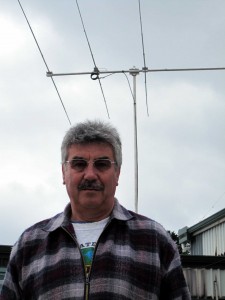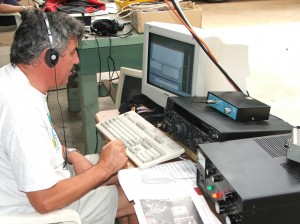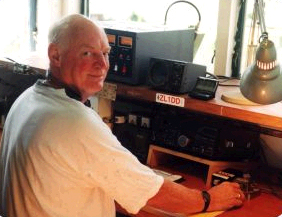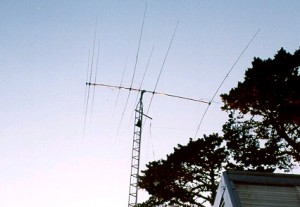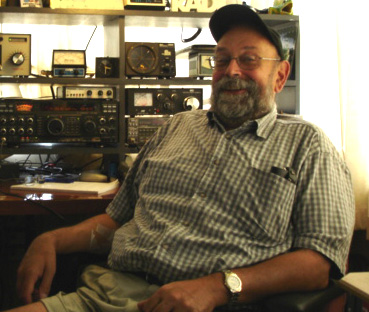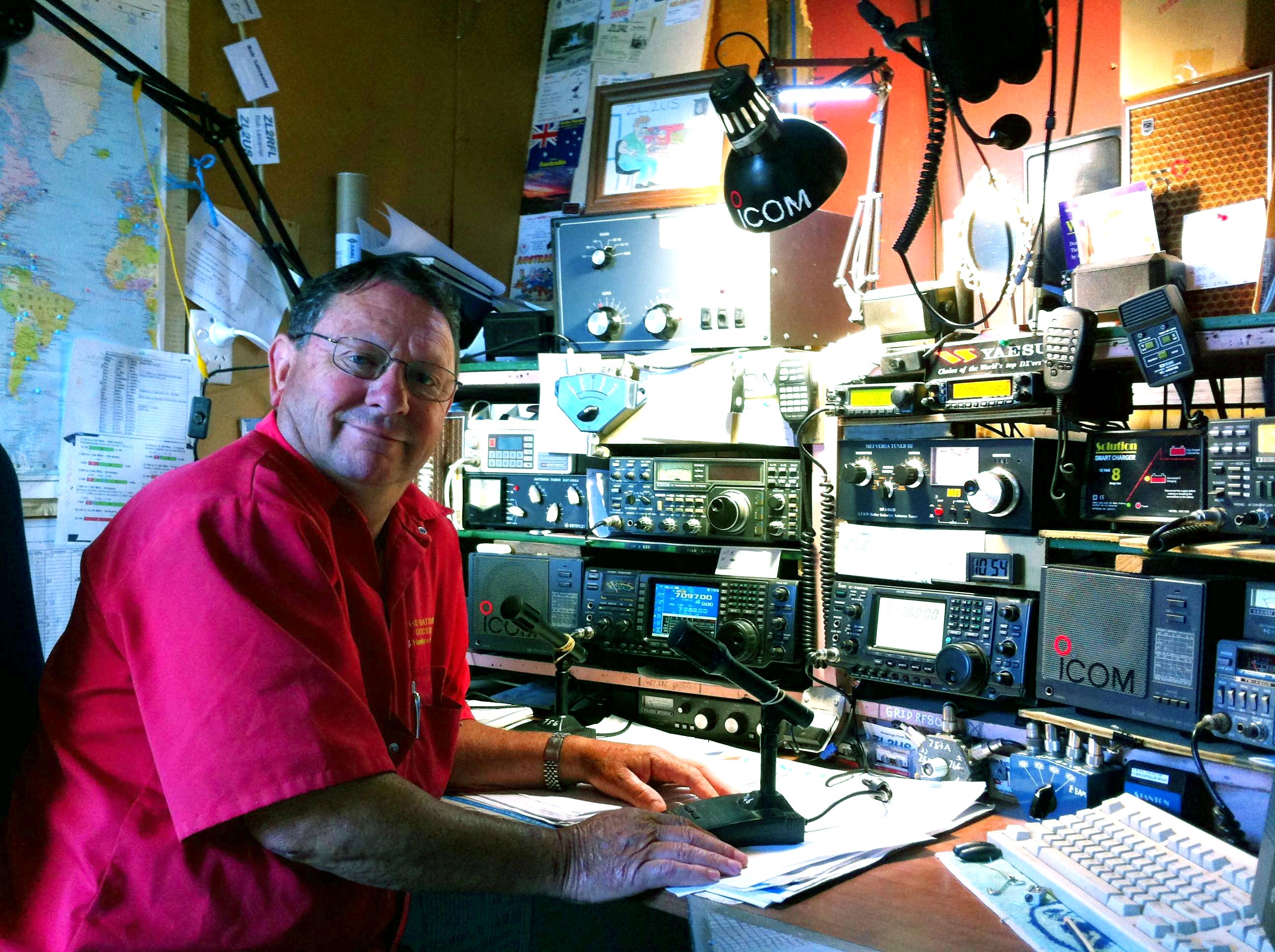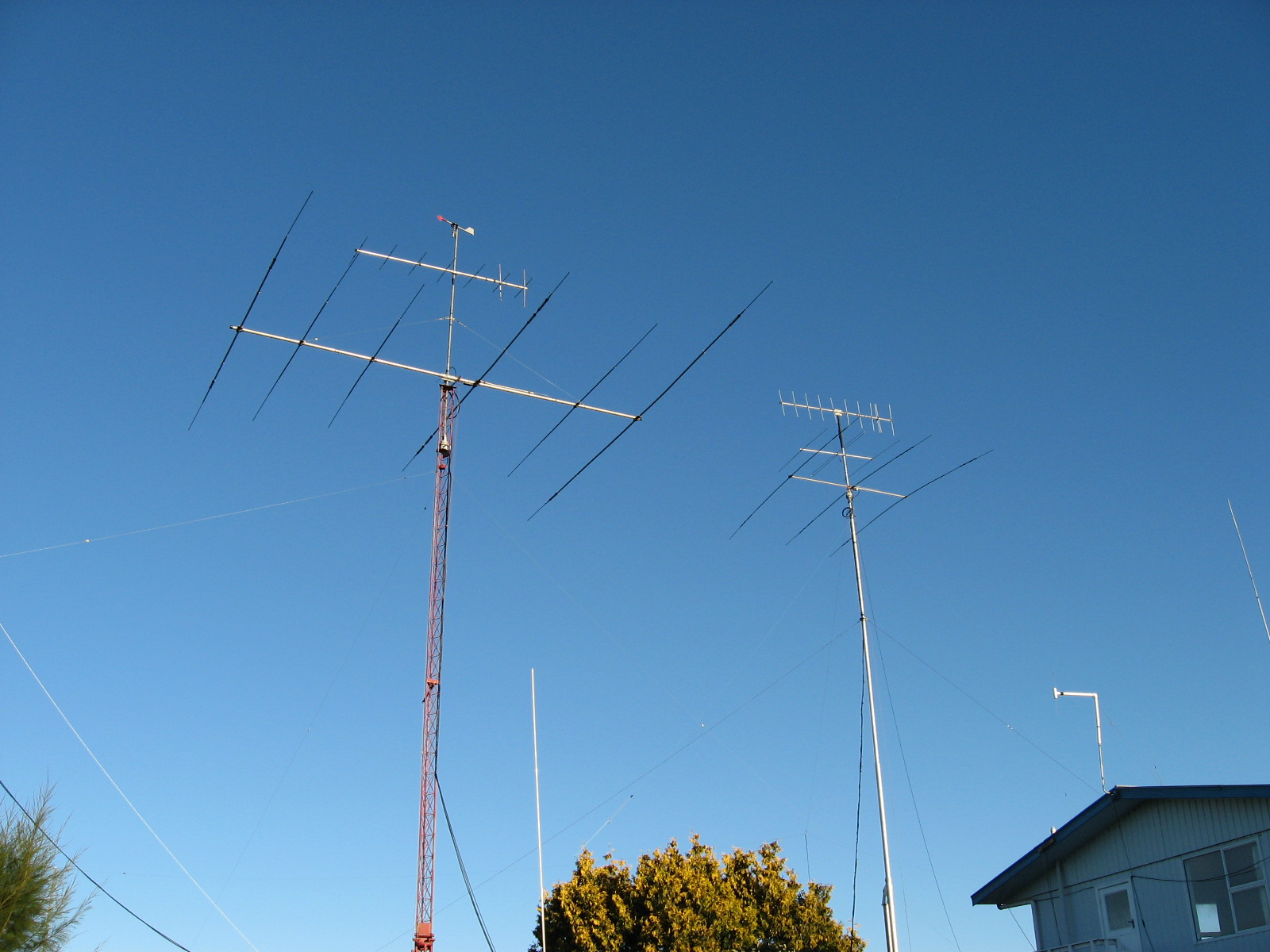Amateur Radio HF Band Usage in New Zealand (160 through 10 metre bands)
Prepared by ZL3AB – January 2013
==========================================
1800 to 1950 kHz – 160 metres (“topband” or “one-sixty”)
——————————————————–
1800-1810 Digimodes
1810-1850 CW
1810 CW QRP
1836.6 WSPR beacons
1838 JT65A
1840-1843 Digimodes
1843-1950 SSB
1910 SSB QRP
3500 to 3900 kHz – 80 metres (“eighty” or “seventy five”)
———————————————————
3500-3525 CW DX Window simplex or split, listen for op’s instructions (no local ragchewing)!
3530 IOTA CW
3559 Hellschreiber (Region 3)
3560 QRP CW
3570 BPSK31
3575 Hellschreiber
3576 JT65A
3579 QRSS Beacons
3580 RTTY
3590 RTTY DX
3592.6 WSPR beacons
3600-3900 SSB
3620-3640 VK/ZL digimodes window
3710 QRP CW
3730-3740 SSTV (ITU Region 1)
3755 IOTA SSB
3776-3800 SSB DX window for intercontinental traffic
3791 ALE
3845 SSTV (ITU Region 2)
3885 AM
5060-5428kHz – 60 metres (“five megs”)
————————————————-
ZLs are not currently permitted to use 60 metres except for legitimate
emergency communications purposes on either 5320 or 5395 kHz.
7000 to 7300 kHz – 40 metres (“forty”)
————————————–
7000-7025 CW DX Window simplex or split, listen for op’s instructions (no local ragchewing)!
7030 IOTA CW
7030-7040 Hellschreiber
7035-7040 BPSK31 (ITU Regions 1 & 3)
7035-7045 RTTY (ITU Regions 1 & 3)
7039 JT65A
7039 Hellschreiber
7040 RTTY DX
7040 QRP (ITU Region 2)
70599 QRSS Beacons
7070-7075 BPSK31 (ITU Region 2)
7076 JT65A (USB)
7080 RTTY (ITURegion 2)
7083.6 WSPR beacons
7084 Hellschreiber (USB Region 1)
7075-7.100 SSB Calling Simplex or split listen for op’s instructions
7100-7.200 SSB (Region 1)
7125-7.300 SSB (Region 2)
7171 SSTV
7185.5 ALE
7285 QRP SSB
7290 AM
10100 to 10150 kHz – 30 metres (“thirty”)
—————————————–
10100-10110 CW DX Window simplex or split listen for op’s instructions (no local ragchewing)!
10115 IOTA CW
10116 QRP CW
10135-10145 Hellschreiber
10138.7 WSPR beacons
10139 JT65A
10140 QRSS Beacons
10140 PSK
10140-10150 RTTY
10147 MFSK16
14000 to 14350 kHz – 20 metres (“twenty”)
—————————————–
14000-14025 CW DX Window simplex or split, listen for op’s instructions (no local ragchewing)!
14040 IOTA CW
14060 CW QRP
14070-14073 PSK
14071-14075 Hellschreiber
14073 Hellschreiber DX calling frequency
14076 JT65A
14078-14080 Throb
14078-14082 MFSK16
14080-14090 RTTY
14090-14110 Packet, AMTOR, PACTOR
14095.6 WSPR beacons
140989 QRSS Beacons
14101 ROS
14103 ROS
14107.5 Olivia 32/100
14100 NCDXF International beacon Network (Do not transmit here)
14109-14111 MT63
14115-14350 SSB (14170-14220 DX Calling Simplex or split listen for op’s instructions)
14227 SSTV
14230 SSTV
14233 SSTV
14236 SSTV
14260 IOTA SSB
14285 SSB QRP
14286 AM
14346 ALE
18068 to 18168 kHz – 17 metres (“seventeen”)
——————————————–
18070-18080 CW DX Window simplex or split listen for op’s instructions (no local ragchewing)!
18090 IOTA CW
18100 PSK
18102 JT65A
18104-18107 Hellschreiber
18104.6 WSPR beacons
18105 MFSK16
181089 QRSS Beacons
18110 NCDXF International Beacon Network (Do not transmit here)
18117.5 ALE
18128 IOTA SSB
18120-18168 SSB
21000 to 21450 kHz – 15 metres (“fifteen”)
——————————————
21000-21025 CW DX Window simplex or split listen for op’s instructions(no local ragchewing)!
21040 IOTA CW
21060 QRP CW
21063-21070 Hellschreiber
21070-21080 PSK
21074 Hellschreiber
21076 JT65A
21080 MFSK16
21080 RTTY DX
21080-21110 RTTY
21094.6 WSPR beacons
21100-21450 SSB
21150 NCDXF International Beacon Network (Do not transmit here)
21340-21430 SSTV
21385 QRP SSB
21260 IOTA SSB
21432.5 ALE
24890 to 24990 kHz – 12 metres (“twelve”)
—————————————–
24890-24910 CW DX Window simplex or split listen for op’s instructions
24917 JT65A
24920-24925 PSK
24920-24930 RTTY
24924 Hellschreiber
24924.6 WSPR beacons
24930 NCDXF International Beacon Network (Do not transmit here)
24932 ALE
24935-24990 SSB
24950 IOTA SSB calling frequency
28000 to 29700 kHz – 10 metres (“ten”)
————————————–
28000-28025 CW DX Window simplex or split listen for op’s instructions
28060 QRP CW
28063-28070 Hellschreiber
28074 Hellschreiber
28076 JT65A
28080 RTTY DX
28080-28110 RTTY
28120 PSK
28124.6 WSPR beacons
28160-28300 Beacons (Do not transmit here)
28200 NCDXF International Beacon Network (Do not transmit here)
28312.5 ALE
28321 QRSS beacons
28385 QRP SSB
28350-28700 SSB
28460 IOTA SSB
28560 IOTA SSB
28675-28685 SSTV
28885 Six metre liaison frequency
29000-29200 AM
29300-29510 Satellite downlinks (Do not transmit here)
29520-29580 FM repeater inputs (duplex, listen 100 kHz higher)
28590-28610 FM simplex
29600 FM simplex calling frequency
29620-29680 FM repeater outputs (duplex, transmit 100 kHz lower)
Notes
—–
This list is not definitive. Check your transmitting license for the explicit terms
and conditions according to the New Zealand law.
All frequencies are dial settings in kiloHertz.
In order to prevent your transmissions extending out of band, do not transmit
right on the band edges.
Keep your power, microphone gain and speech processing down to reduce spurious
transmissions and overmodulation, especially on digimodes.
Stay clear of the beacon and satellite downlink frequencies to avoid interfering with
reception of very weak signals.
On SSB, use LSB on 40m and lower frequency bands, or USB on 30m and up.
Most digimodes use USB on all bands. If you cannot decode a good signal, try LSB or ‘invert’,
assuming you are using the appropriate digimode and speed!
New Zealand is in ITU Region 3 but ZL amateurs are also allowed to use digimodes on the
frequencies allocated to ITU Region 2 (the Americas).
Some of the frequencies shown are not available to amateurs in other countries,
who may therefore be found elsewhere. In particular, novices often have restrictions on the bands, frequency-ranges and transmit power.
CW is permitted across the entirety of each band, but is usually found in the segments indicated.
DXpeditions and rare DX stations usually operate “split” (half-duplex): listen to the DX operator’s instructions or tune around to find other callers. Avoid calling on the DX station’s transmit frequency (simplex) unless you are sure he is taking callers there.
All frequencies except band edges are approximate. Always listen carefully for a clear frequency before transmitting (including when operating split).
The 30m, 17m and 12m bands have been known as “the WARC bands” since they were initially
allocated at a World Amateur Radio Conference.
Some bands (such as 30 metres) are shared with other radio services: do not interfere with them.
They may have primary rights.
Please report pirates and intruders to the IARU Monitoring Service (see http://www.nzart.org.nz/nzart/monitoring-service/)
Operating modes
—————
Morse code: CW
Voice modes: SSB, FM, AM and digital speech
Digimodes: JT65A, MT63, PSK, MFSK, Throb, RTTY, Packet, AMTOR, PACTOR, Clover, OLIVIA, DominoEX, ALE, CMSK, Piccolo and others
Raster-scanning modes: Hellschreiber, SSTV
ALE (in USB mode): MIL-STD 188-141 ; FED-1045 (8FSK – 2kHz Bandwidth)
Glossary
——–
AM Amplitude Modulation
AMTOR Amateur Telex Over Radio
CMSK Correlated, Convolved, Chat-mode MSK (see http://www.qsl.net/zl1bpu/CMSK/cmsk.htm)
CW Continuous Wave
Digimodes Digital data modes
Duplex Transmit on one frequency while simultaneously receiving on another
FM Frequency Modulation
Half-duplex, split Transmit on one frequency, then receive on another
IOTA Islands On The Air
ITU International Telecommunications Union
LSB Lower Sideband
MSK Multi-Shift Keying
NCDXF Northern California DX Foundation (see http://www.ncdxf.org/pages/beacons.html)
Packet Packet radio (TCP/IP)
PACTOR Packet Telex Over Radio (100 baud increasing to 200 baud on good links)
PSK Phase Shift Keying (mostly 31 baud i.e. PSK31, with some activity on
PSK63, PSK125 and occasionally other variants)
QRP Low transmit power (up to 5 watts output)
QRSS Very slow speed CW (takes seconds to send each element)
RTTY Radio Teletype (usually 170 Hz shift and 50 baud, sometimes 75 baud)
Simplex Transmit and receive on the same frequency
SSB Single Sideband
SSTV Slow-scan Television
USB Upper Sideband
WSPR Weak Signal Propagation Reporter beacon use MEPT_JT mode,
similar to JT65A (see http://WSPRnet.org)
Last updated: January 2013

